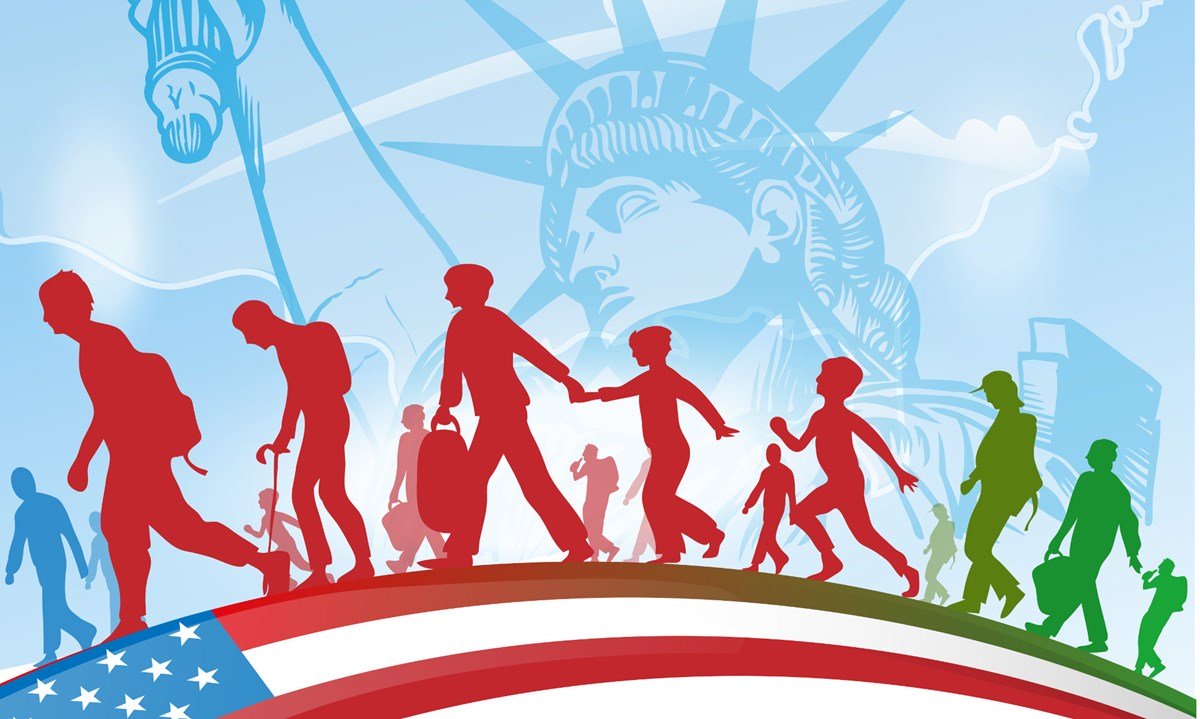Immigration has grown to be far extra central in the public communique inside the United States, commonly the topic of political controversy, dueling statistics, and perceptions that regularly are at a substantial lag to changing realities on the ground.
To this point: It has but to be widely identified that the immigrant populace is growing some distance extra slowly than in the latest years and that the unauthorized populace has peaked and can even have declined. The make-up of the overseas-born populace is also changing: New arrivals within the United States are more likely to be from Asia and much less in all likelihood to be from other world regions, and they are on average greater knowledgeable than previous generations of migrants to the United States. The Mexican immigrant population in the United States has declined via half one million human beings seeing that the beginning of the decade. And in 2018, America ceded its popularity because of the global top country for resettling refugees handed through Canada.
Therefore, the most important statistical analysis that provides us the information about how many residents have become immigrants in one of the top country of the United States of America is given below:
How many immigrants reside inside the United States?
More than 44.7 million immigrants lived inside the United States in 2018, the historical numeric excessive given that census data have kept. One in seven U.S. residents is foreign-born, in keeping with the 2018 American Community Survey (ACS) data. Immigrants’ contemporary proportion of the overall U.S. population—13.7 percent of the country’s 327.2 million human beings—remains underneath the file-excessive 14.8 percent hit in 1890, however is a very sizable increase over the document low 4.7 percent marked in 1970.
The foreign-born populace remained largely flat among 2017 and 2018, with a boom of 203,000 humans, or an increase of less than 0.5 percent. That is the lowest annual increase because of 2010, and a vast drop from the 1.8 percent boom recorded from 2016 to 2017. To positioned this in a broader demographic context, the USA has skilled slowing total population growth each year due to the fact 2015 due to drops in a natural increase (the distinction among births and deaths) and net global migration (the difference between individuals who arrived and departed).










More Stories
What Is The Average Cost Of A Dental Implants?
Regulations And Best Practices Governing Supply Vessel Operations
6 Reasons Why The Voopoo Vape Pod Is A Game-Changer In The Vaping Industry